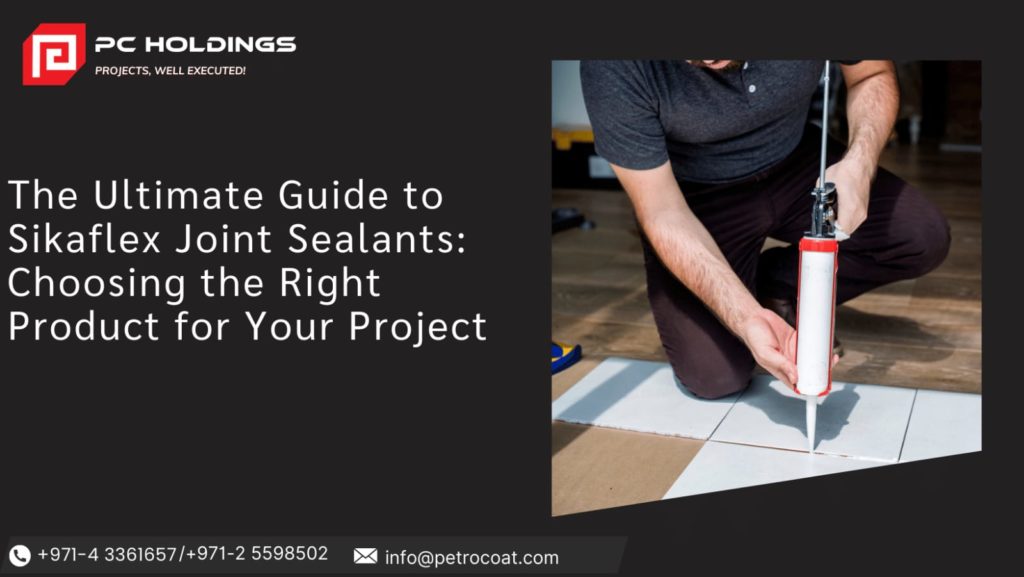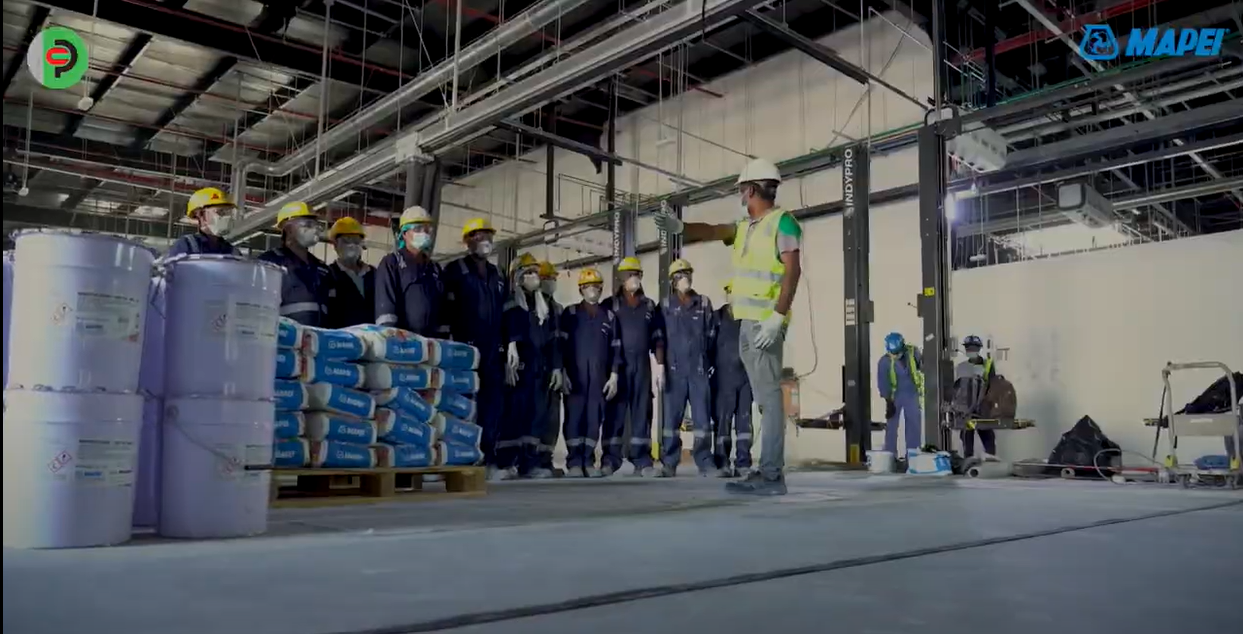
Introduction:
In the dynamic and ever-evolving landscape of construction and infrastructure development in Dubai, the selection of the appropriate joint sealant holds immense significance. Sikaflex, a globally renowned brand in sealant technology, provides an extensive range of products customized to meet the diverse requirements of various projects. In this comprehensive guide, we will delve into the nuances of Sikaflex joint sealants, exploring their different types, applications, and offering insights into selecting the most fitting product for your specific project needs in Dubai.
Understanding Sikaflex Joint Sealants:
Sikaflex stands as a trailblazer in the field of high-performance joint sealants, playing an important role in preventing water ingress, air leakage, and ensuring the overall stability and longevity of structures. Sikaflex’s portfolio includes a diverse range of sealants tailored for specific applications, encompassing construction, infrastructure, automotive, and marine sectors.
Types of Sikaflex Joint Sealants:
1. Sikaflex Construction Sealants:
Sikaflex Construction (AP) Sealant:
This versatile sealant is engineered for general-purpose sealing in construction joints, offering robust protection against weathering and aging.
Sikaflex Pro:
Specifically formulated for vertical and horizontal joint applications in concrete and masonry, Sikaflex Pro boasts excellent adhesion and durability in challenging environments.
2. Sikaflex Construction+ Sealant:
Sikaflex Construction+ Sealant:
Tailored for joints in building facades, balconies, and other architectural structures, Sikaflex Construction+ Sealant provides exceptional weather resistance and is ideal for projects demanding aesthetic appeal.
Sikaflex Tank N:
Uniquely designed for joints in contact with water and chemicals, Sikaflex Tank N is the go-to solution for water tank applications, ensuring reliable, long-term sealing performance.
3. Sikaflex Marine Sealants:
Sikaflex-291:
A versatile marine sealant and adhesive, Sikaflex-291 is well-suited for both above and below-the-waterline applications, offering superior resistance to saltwater and harsh marine conditions.
Sikaflex-292i:
Specifically formulated for structural bonding and sealing applications in marine environments, Sikaflex-292i provides a durable and flexible solution for diverse maritime projects.
Factors to Consider When Choosing Sikaflex Joint Sealants:
Substrate Type:
Selecting the right Sikaflex product begins with understanding the substrate. Sikaflex offers formulations tailored for various substrates, including concrete, metal, glass, and more. Choose a sealant compatible with your project’s specific surface.
Application Environment:
Consider the environmental conditions of your project site. Sikaflex provides sealants designed to withstand a spectrum of environmental challenges, including temperature variations, humidity, and exposure to chemicals.
Movement Capability:
Assess the expected movement of the joint to determine the required flexibility of the sealant. Sikaflex caters to both static and dynamic joint applications, ensuring optimal performance in diverse structural conditions.
Cure Time:
Tailor your choice based on project timelines. Sikaflex offers sealants with varied cure times, allowing you to align product characteristics with the pace of your construction progress.
Application Techniques:
Surface Preparation:
Proper surface preparation is paramount for the successful adhesion of Sikaflex sealants. Thoroughly clean and dry surfaces before application to ensure optimal performance and longevity. Additionally, consider surface priming if recommended by Sikaflex for specific substrates to enhance adhesion.
Joint Design:
Adhering to recommended joint design guidelines is crucial. Follow these guidelines to ensure the optimal performance and longevity of the Sikaflex sealant in your project. Proper joint design includes considerations for depth-to-width ratio, backer rod installation, and appropriate shaping to accommodate expected movement.
Application Method:
Select the application method that aligns seamlessly with the requirements of your project. Additionally, consider backer rod installation before applying the sealant to ensure proper joint depth and improve the sealant’s ability to withstand movement.
Tooling and Finishing:
After applying the Sikaflex sealant, tooling is a critical step to ensure proper adhesion and a professional finish. Use a tooling spatula or putty knife to shape the sealant and create a smooth, aesthetically pleasing joint. Sikaflex recommends tooling within the recommended time frame to achieve the desired finish.
Joint Protection:
After application and tooling, consider implementing joint protection measures to safeguard the freshly applied Sikaflex sealant. This may include using masking tape to protect adjacent surfaces or employing appropriate curing agents to prevent damage or contamination during the curing process.
Temperature Considerations:
Take into account the ambient temperature during application. Sikaflex sealants have recommended temperature ranges for application, and deviations from these guidelines can impact the curing process. Ensure that the ambient temperature and substrate temperature fall within the specified range for optimal results.
Compatibility Testing:
Before full-scale application, perform compatibility testing on a small, inconspicuous area. This step helps ensure that the Sikaflex sealant adheres well to the substrate and achieves the desired performance characteristics. It also allows for adjustments if needed before full application.
Joint Inspection and Maintenance:
Regularly inspect the sealed joints to identify any signs of wear, damage, or deterioration. Promptly address any issues to maintain the effectiveness of the Sikaflex sealant over time. Implement a routine maintenance schedule to extend the life of the sealant and prevent potential issues.
By incorporating these additional points into your application techniques, you can enhance the overall effectiveness and longevity of Sikaflex joint sealants in your construction projects in Dubai. This comprehensive approach ensures that each step in the application process contributes to the sealant’s optimal performance and the durability of the structures it protects.
Conclusion:
Choosing the right Sikaflex joint sealant is paramount for the success of construction and infrastructure projects in Dubai. By understanding the different types of Sikaflex sealants and considering key factors, you can ensure a durable and reliable sealing solution tailored to your project’s unique requirements. Trust Sikaflex from PC Holdings for unmatched quality and performance in joint sealants in the vibrant construction landscape of Dubai.






